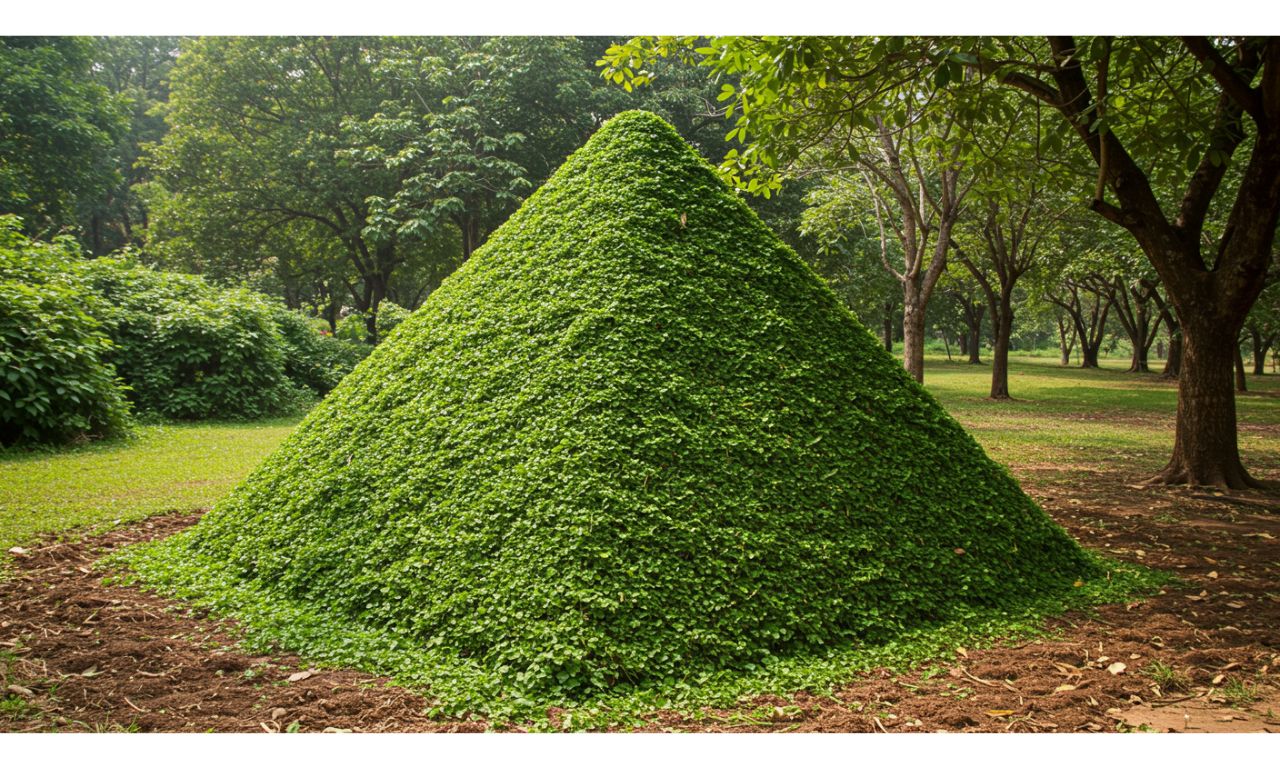The pyramid of biomass is a vital ecological tool used to illustrate the relative amount of living organic matter (biomass) present at each trophic level within a food chain or ecosystem. Unlike the pyramid of numbers, which shows the number of individual organisms, the pyramid of biomass highlights the total dry weight of all organisms in a given area at each level. This concept is essential for ecologists, environmental scientists, and students to understand how energy flows through ecosystems and how biological productivity is distributed.
What is the Pyramid of Biomass?
The pyramid of biomass is a graphical representation that shows the total mass of organisms at each trophic level in an ecosystem. The base of the pyramid typically consists of producers such as plants or algae, followed by primary consumers (herbivores), secondary consumers (carnivores), and tertiary consumers (top predators). As we move up the pyramid, the biomass generally decreases because energy is lost at each trophic level due to metabolic processes, heat loss, and incomplete consumption.
Biomass is usually measured in grams per square meter (g/m²) or kilograms per square meter (kg/m²). This metric offers a more accurate picture of the energy flow and the productivity of different ecosystems than merely counting organisms.
Importance of the Pyramid of Biomass
Understanding the pyramid of biomass has several important ecological implications:
-
Energy Flow: It provides insight into how energy is transferred and lost between trophic levels.
-
Ecosystem Health: By studying biomass at various levels, scientists can assess the productivity and stability of ecosystems.
-
Conservation Efforts: Biomass data help in making informed decisions about wildlife management and conservation.
-
Agricultural Planning: In agroecosystems, biomass pyramids assist in optimizing crop and livestock production.
Structure of the Pyramid of Biomass
A typical pyramid of biomass includes the following trophic levels:
1. Producers
These are the base of the pyramid and include green plants, algae, and photosynthetic bacteria. They have the highest biomass because they convert solar energy into chemical energy through photosynthesis.
2. Primary Consumers
These are herbivores that feed directly on producers. Although they are fewer in biomass compared to producers, they play a critical role in transferring energy to higher trophic levels.
3. Secondary Consumers
These organisms consume primary consumers and are typically small carnivores or omnivores. Their biomass is significantly lower due to energy loss during the transfer.
4. Tertiary Consumers
These are the apex predators in an ecosystem. They have the lowest biomass because they are few in number and require a large amount of energy, which is only partially transferred from lower levels.
Types of Pyramid of Biomass
The pyramid of biomass can vary depending on the type of ecosystem. There are two primary forms:
1. Upright Pyramid of Biomass
This structure is common in terrestrial ecosystems like forests and grasslands. In this case, the biomass decreases from the base to the top. For example, a grassland has more plant biomass at the base, which supports a smaller biomass of herbivores, and an even smaller biomass of carnivores.
2. Inverted Pyramid of Biomass
This occurs mainly in aquatic ecosystems like oceans and lakes. In such cases, the biomass of producers (like phytoplankton) is lower than that of the consumers. This inversion is due to the high turnover rate of phytoplankton, which reproduce and are consumed quickly, maintaining a small but productive biomass.
Factors Affecting the Pyramid of Biomass
Several environmental and biological factors influence the shape and size of the pyramid of biomass, including:
Rate of Primary Productivity: Higher primary productivity leads to more available biomass at the base.
Ecosystem Type: Terrestrial and aquatic ecosystems have different biomass structures.
Turnover Rates: Organisms with high turnover rates (e.g., phytoplankton) affect biomass levels.
Decomposition and Recycling: The speed and efficiency of decomposition can alter biomass availability.
Human Activities: Deforestation, overfishing, and pollution can distort natural biomass distribution.
Real-World Examples of Pyramid of Biomass
Terrestrial Ecosystem Example:
In a forest ecosystem, trees form the bulk of the biomass. Herbivores like deer and insects form the second level, followed by smaller carnivores such as foxes, and finally, apex predators like wolves.
Aquatic Ecosystem Example:
In the ocean, microscopic phytoplankton, though small in biomass, support large populations of zooplankton and fish. Large predators such as tuna or sharks exist at the top with much smaller biomass, forming an inverted pyramid.
Comparison with Other Ecological Pyramids
The pyramid of biomass is one of three major ecological pyramids. Here’s how it compares:
Limitations of the Pyramid of Biomass
While the pyra-mid of biomass is a valuable ecological model, it has its limitations:
Does Not Reflect Energy Efficiency: Biomass doesn’t always equate to energy content.
Ignores Turnover Rates: Short-lived organisms can skew data.
Measurement Challenges: Accurately measuring biomass, especially in large or aquatic ecosystems, can be difficult.
Overgeneralization: Simplifies complex food webs into linear chains.
Conclusion
The pyra-mid of biomass is a fundamental concept in ecology that provides valuable insights into the structure, function, and sustainability of ecosystems. By examining how biomass is distributed across trophic levels, we gain a deeper understanding of energy dynamics, species interactions, and ecosystem health. Whether applied in terrestrial forests or the vast oceans, this ecological model helps scientists and policymakers make informed decisions about conservation, resource management, and ecological balance.

